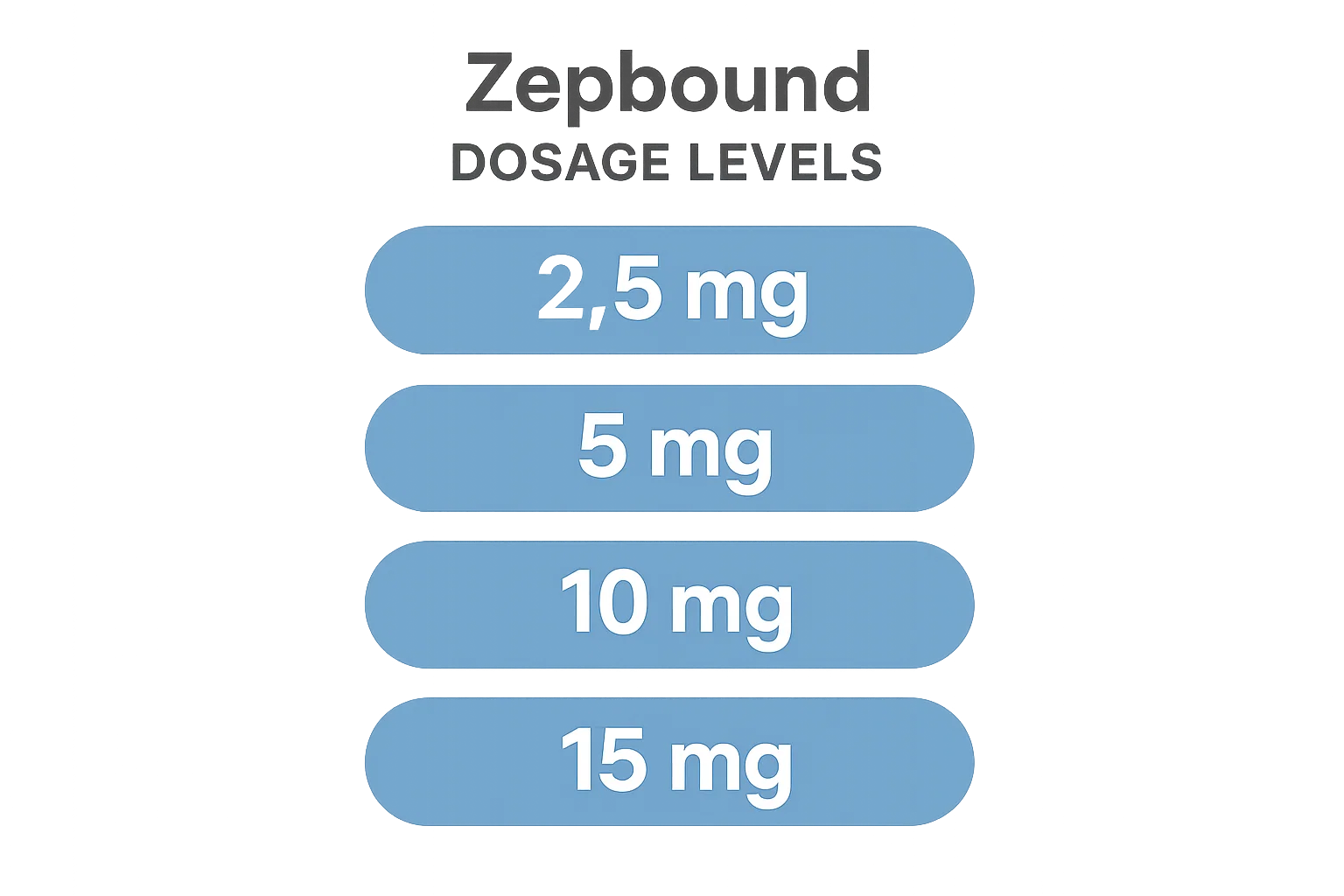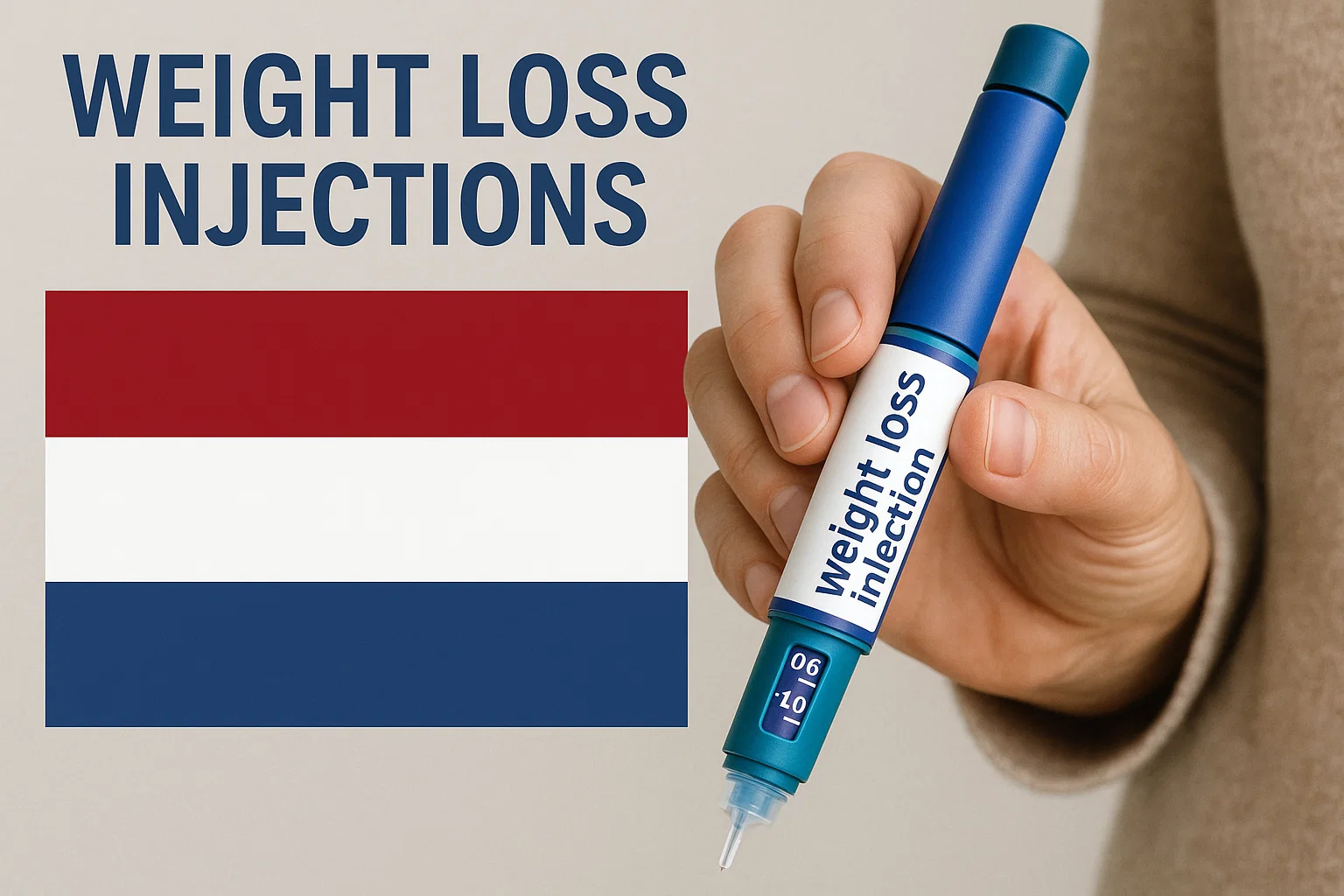introduction to Zepbound dosage levels
Let’s be honest—navigating the world of weight-loss injections can feel like trying to assemble IKEA furniture blindfolded. One of the big names catching serious attention lately is Zepbound, a new GLP-1 receptor agonist that’s got everyone buzzing—especially those eyeing long-term weight-loss help.
But here’s the million-dollar question: What happens when Zepbound dosage levels mix or overlap? Is it dangerous? Can it mess with your results—or worse, your health? Zepbound dosage levels

As someone who’s been waist-deep in researching GLP-1 drugs (and listening to more patient stories than I can count), I’m here to lay it all out for you—no fluff, no pharma-speak. Just straight-up facts, helpful context, and a few personal tidbits from the trenches of the wellness world. Zepbound dosage levels
What Is Zepbound, Anyway?
Zepbound is the brand name for tirzepatide, the same compound used in Mounjaro (yep, that’s the diabetes one). It’s a GLP-1/GIP receptor agonist—a dual-action injectable that mimics the hormones your body produces naturally to regulate blood sugar and appetite. In short? It’s designed to help you lose weight by making you feel fuller, longer, while also smoothing out your blood sugar rollercoaster. Zepbound dosage levels
[Read our guide on {{mounjaro-vs-zepbound-comparison}}]
And here’s the kicker: Zepbound is FDA-approved specifically for chronic weight management, which makes it a go-to for people looking to slim down, not just manage type 2 diabetes. Zepbound dosage levels
Understanding Zepbound Dosage Levels
Let’s start with the basics. Zepbound is available in six dosage levels, typically increased over time:
- 2.5 mg (starter)
- 5 mg
- 7.5 mg
- 10 mg
- 12.5 mg
- 15 mg (maximum recommended)
Each dose is administered once weekly. You start low and slow—usually at 2.5 mg for 4 weeks—before your doctor bumps it up gradually. This gives your body time to adjust and minimizes nasty side effects like nausea or bloating.
But things can get tricky if these dosage levels are mixed unintentionally, whether through a scheduling slip, dosing mistake, or curiosity-fueled experiment (yikes).
What Happens When Zepbound Dosage Levels Mix?
Alright, this is where we dive into the good stuff—and by “good,” I mean potentially not-so-good. Zepbound dosage levels
1. Stacking Doses Can Spike Side Effects
Mixing different Zepbound dosage levels—like taking a 5 mg and a 10 mg dose in the same week—is not only medically unsound, it can amplify side effects like: Zepbound dosage levels
- Nausea (like you just ate gas station sushi)
- Vomiting
- Diarrhea or constipation (fun!)
- Dizziness
- Fatigue or brain fog
- Sudden loss of appetite that feels more like starvation mode than balance Zepbound dosage levels
These are all common GLP-1 side effects, but when doses stack or overlap, they can go from annoying to disruptive—and sometimes even dangerous.
[Read our guide on {{glp-1-side-effects-explained}}]
2. You May Interrupt the Drug’s Rhythm
Zepbound works best when it’s consistent. Think of it like watering a plant. If you flood it one day and forget it the next, it’s not going to thrive. Similarly, your body needs predictable, weekly injections to stabilize hunger hormones and manage blood glucose levels. When you mix dosage levels (like accidentally doubling up one week), it can: Zepbound dosage levels
- Throw off your metabolism
- Cause fluctuating weight loss
- Lead to inconsistent hunger cues
- Delay your progress
And yeah, that’s frustrating—especially when you’re already putting in work with diet, movement, and mindset shifts. Zepbound dosage levels
The Science Behind the Sitch: Why Mixing Doses Matters
So, what’s really going on inside your body when dosage levels mix?
Hormonal Overload
Zepbound acts on GLP-1 and GIP pathways, which regulate insulin, glucose absorption, and—most importantly for weight loss—satiety. When you take too much, your body overcompensates. Instead of a gentle nudge, it’s like you cranked the volume on your appetite control system to 11. That might sound good, but it often leads to a shutdown of natural cues. You may stop eating altogether—or eat too much after a rebound hunger episode. Zepbound dosage levels
Insulin Confusion
Overdosing or mixing levels can also mess with your insulin production. You might get hypoglycemia (low blood sugar) if you’re not careful—especially if you’re not eating enough to support the higher dose. Symptoms include shakiness, sweating, confusion, and even fainting. Not ideal when you’re trying to hit the gym or survive a Zoom meeting. Zepbound dosage levels
Liver & Kidney Workload
GLP-1 drugs are processed by the liver and kidneys. Taking higher or overlapping doses can put stress on these organs, especially if you already have underlying conditions. That’s why docs start low and go slow.
Real Talk: Why Do People Mix Zepbound Dosage Levels?
Let’s be real—sometimes it’s not intentional.
1. Forgetfulness
“Oh no, did I take it already?” Cue panic googling.
Skipping a week or accidentally doubling up is more common than you think— especially with busy schedules. Zepbound dosage levels
2. Curiosity
Some users (especially in weight-loss forums) experiment with mixing doses or increasing faster than prescribed, hoping for faster results. Spoiler alert: that usually backfires. Zepbound dosage levels
3. Pharmacy Issues
Occasionally, there’s a mix-up with refills—wrong dosage delivered, or missing pens—which forces people to use whatever they’ve got left. Zepbound dosage levels
Social Scenarios: When Mixing Doses Becomes Tempting
We’ve all been there—you’ve got a wedding next weekend or a beach trip coming up, and suddenly that next dose feels like the magic bullet. You think: “What if I double this week to shed a few extra pounds?”
Don’t do it.
While Zepbound does lead to significant weight loss over time, mixing doses doesn’t fast-track results—it just throws your body into chaos. Zepbound dosage levels
Here’s what happened when a friend of mine tried jumping from 7.5 mg to 15 mg overnight for her cousin’s bachelorette weekend: she ended up spending more time in the bathroom than on the dance floor. Let’s just say she wasn’t sipping mimosas—she was hugging the hotel toilet. Zepbound dosage levels
Zepbound vs Mounjaro Cost: Why Patients Try to Mix
Now this is where the financial angle comes in.
Mounjaro (also tirzepatide) and Zepbound are chemically the same, but insurance coverage and pricing vary. Zepbound is often cheaper for people without diabetes but with a weight-loss prescription, while Mounjaro might be better covered under a diabetes diagnosis. Zepbound dosage levels
[Read our guide on {{zepbound-vs-mounjaro-cost-breakdown}}]
Because of this, some folks try mixing pens from both prescriptions—say, using a leftover Mounjaro 10 mg pen and a Zepbound 2.5 mg pen in the same week. Again, not recommended. Even if it feels like a budget-friendly hack, it increases the risk of uneven absorption, poor tolerance, and side effects. Zepbound dosage levels
Practical Tips to Avoid Mixing Zepbound Dosage Levels
Alright, enough doom and gloom—let’s talk prevention.
1. Use a Weekly Injection Tracker
You can keep it simple with a calendar app or get fancy with one of those medication reminder apps. Set a recurring reminder and note which dose you took. Zepbound dosage levels
2. Label Your Pens
If you have multiple pens at home, slap a sticky note or use color-coded caps so you don’t accidentally grab the wrong one. Simple, but game-changing. Zepbound dosage levels
3. Stick to Your Doctor’s Plan
Tempting as it is to “self-adjust,” resist. Your healthcare provider is literally trained to guide you through safe titration. Communicate if you’re feeling side effects or not seeing results—they’ll help. Zepbound dosage levels
4. Travel With a Dose Plan
Taking a weekend trip? Bring exactly what you need and write down your dose ahead of time. Avoid the “did I take it?” panic halfway through brunch. Zepbound dosage levels
Expert Opinions on Mixing Doses
Endocrinologists and obesity medicine experts are clear: don’t mix levels or jump ahead without approval. Zepbound dosage levels
“The titration schedule exists for a reason. Increasing too fast doesn’t mean faster weight loss—it usually means worse side effects and reduced adherence,” says Dr. Michelle Adams, an obesity specialist in NYC. Zepbound dosage levels
Studies from Eli Lilly (the drug manufacturer) also show that staying on schedule results in better tolerance, fewer dropouts, and more sustained weight loss. In other words, slow and steady really does win this race. Zepbound dosage levels
Final Thoughts: Consistency Over Chaos
So what actually happens when Zepbound dosage levels mix? To sum it up: nothing good. Zepbound dosage levels
Sure, it might sound like a shortcut to results, but in reality, you’re more likely to end up with miserable side effects, disrupted hormone balance, and potentially serious health risks. And for what? A few days of trying to outsmart a medication designed to work with precision? Zepbound dosage levels
Here’s the truth bomb: the best weight-loss results come from consistency, not clever hacks. Let the medication do its thing, follow your dosing schedule, and trust the process. Zepbound is powerful—but only when used right. Zepbound dosage levels
For more health insights, visit Zepbound!


